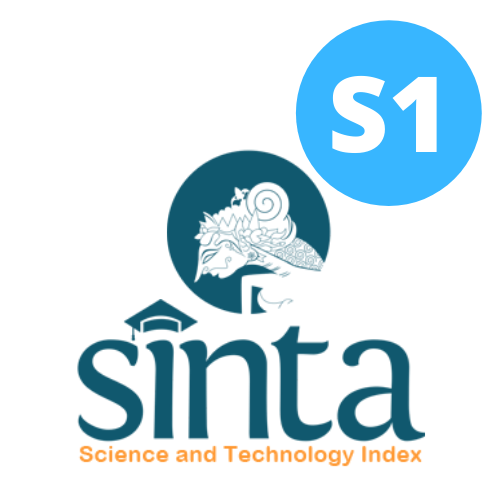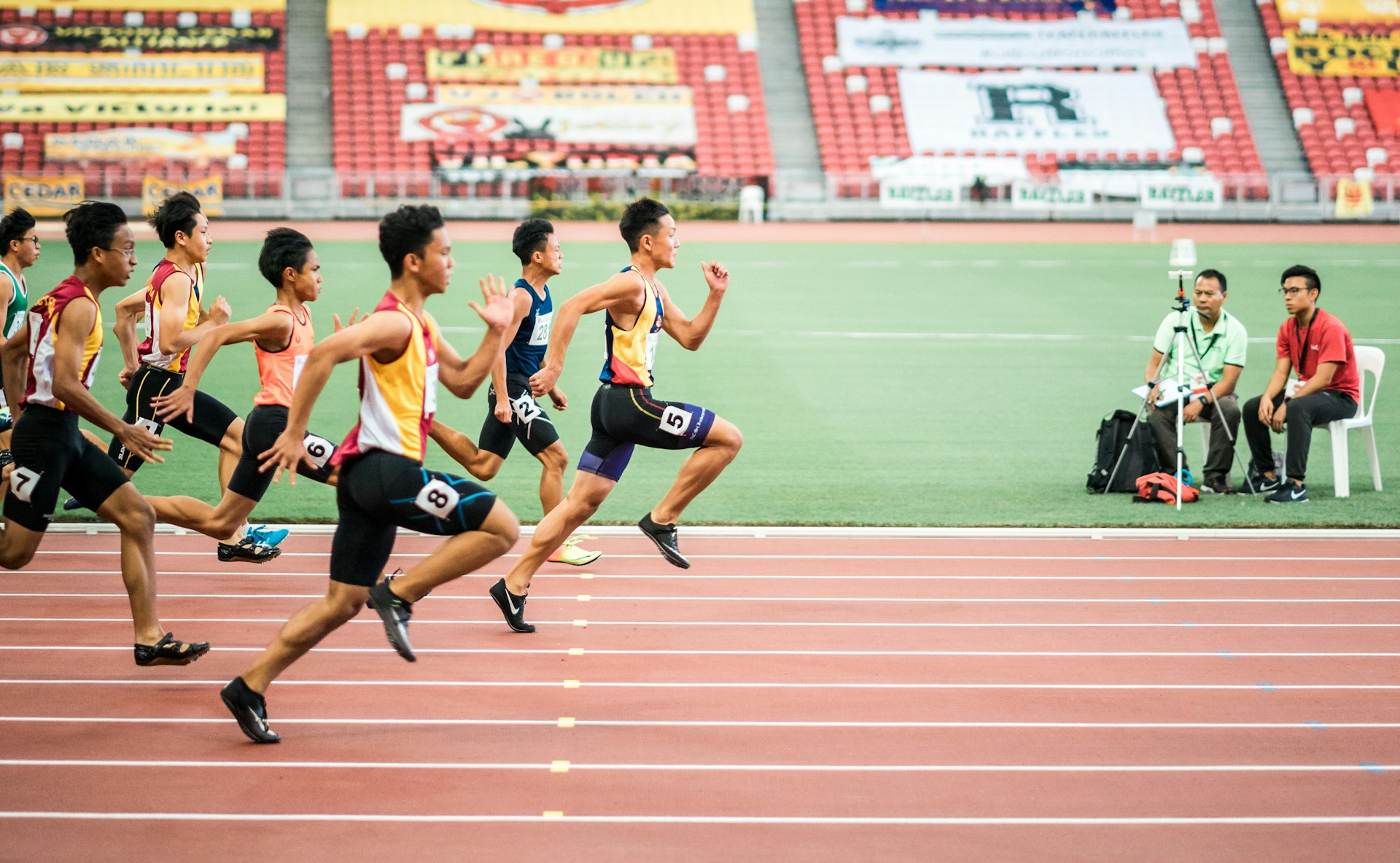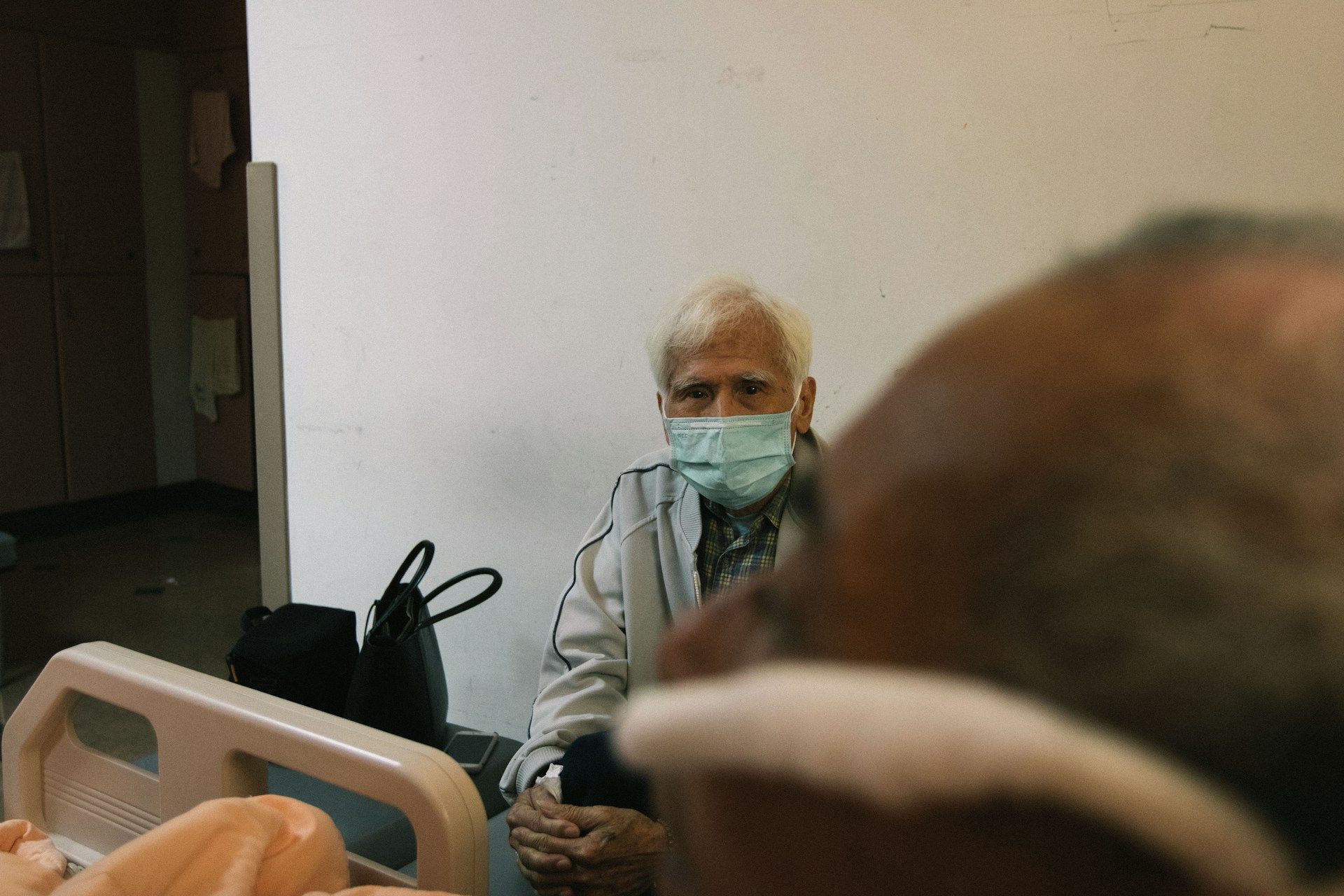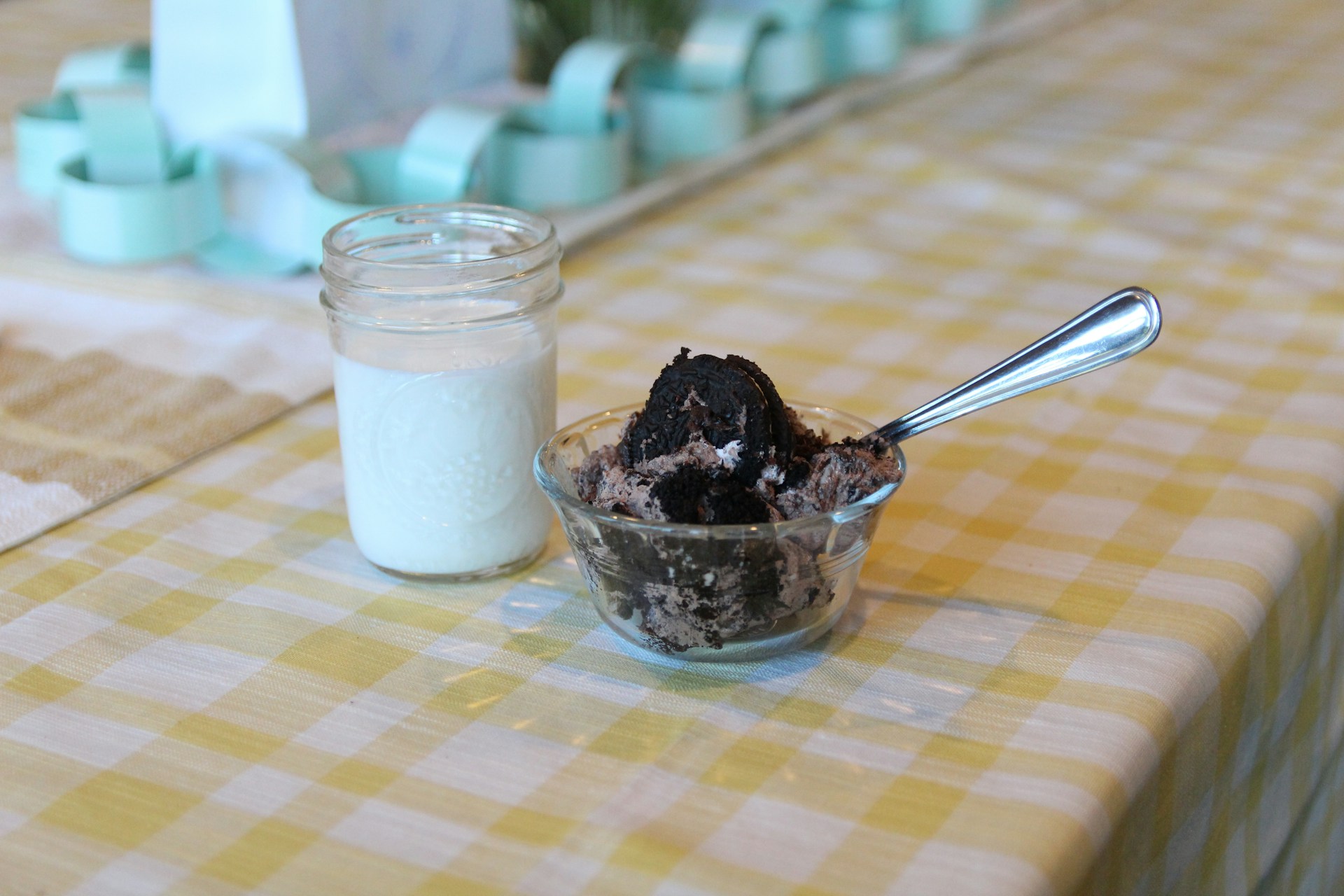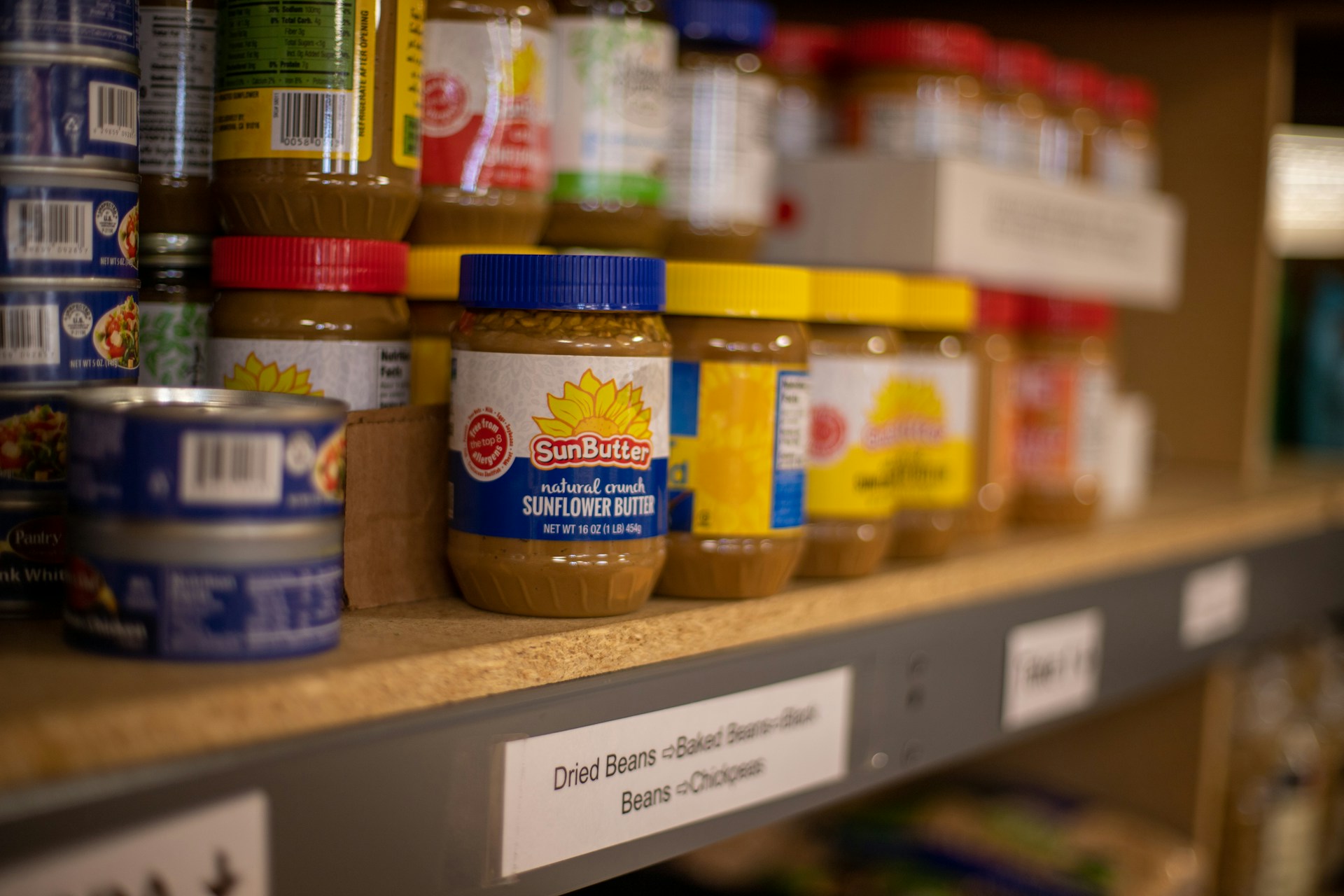Night Eating Syndrome, Ultra-processed Foods Consumption, and Physical Activity as Risk Factors for Overnutrition in Students of Faculty of Health Science UPN “Veteran” Jakarta
Sindrom Makan Malam, Konsumsi Ultra-processed Foods, dan Aktivitas Fisik sebagai Faktor Risiko Gizi Lebih pada Mahasiswa Fakultas Ilmu Kesehatan UPN “Veteran” Jakarta
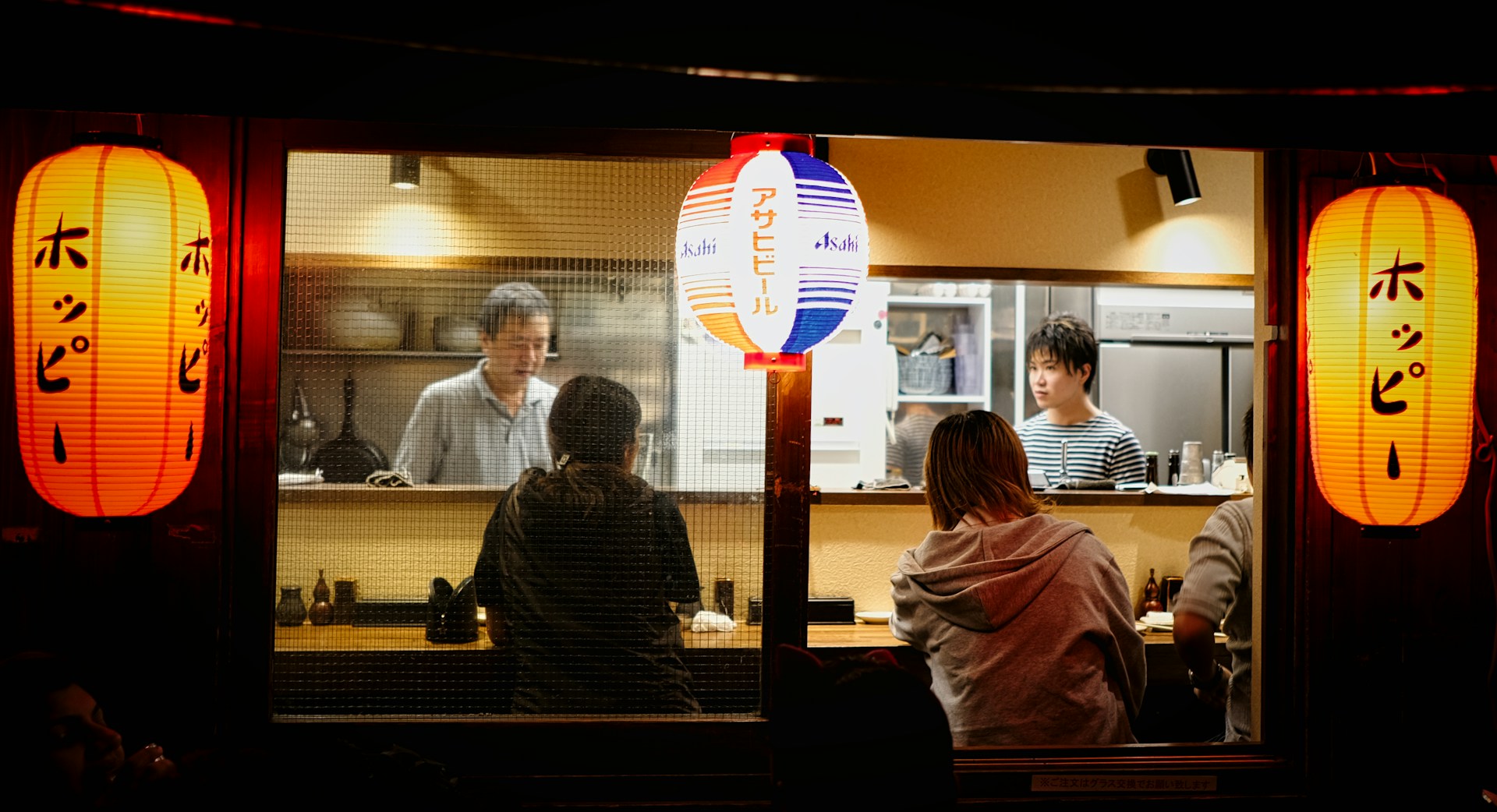
Downloads
Background: Overnutrition among university students is a pressing concern, disrupting academic productivity and increasing the risk of metabolic diseases at a young age. According to RISKESDAS (2018), the prevalence of overweight/obesity among early adulthood populations reached 36%. Dietary patterns, unhealthy lifestyles, and night eating syndrome (NES) may contribute to overnutrition cases in university students.
Objectives: This study aimed to investigate the association between night eating syndrome, ultra-processed food consumption, physical activity, and overnutrition among students at the Faculty of Health Science, UPN "Veteran" Jakarta.
Methods: This analytical case-control study included 94 participants (47 case and 47 control), aged 19-24 years, from UPN “Veteran” Jakarta. Inclusion criteria comprised students with Body Mass Index (BMI) > 25 (case group) and BMI 18.5-25 (control group). Data collection employed anthropometric measurements, individual assessment using Night Eating Questionnaire (NEQ), Food Frequency Questionnaire (FFQ), and International Physical Activity Questionnaire (IPAQ). Bivariate analysis utilized Chi-square tests.
Results: Results indicated a significant association between night eating syndrome and overnutrition (p-value=0.004, OR=5.214). No significant associations were observed between ultra-processed food (UPF) consumption (p-value=0.409) or physical activity (p-value=0.149) and overnutrition.
Conclusions: This study concluded that night eating syndrome significantly predicts overnutrition incidence. Conversely, UPF consumption and physical activity demonstrated no significant associations with overnutrition.
Engin, A. Obesity and Lipotoxicity. (Springer International Publishing, 2017). https://doi.org/10.1007/978-3-319-48382-5.
World Health Organization. Obesity and overweight. https://www.who.int/news-room/fact-sheets/detail/obesity-and-overweight (2021).
Abbasifard, M., Bazmandegan, G., Ostadebrahimi, H., Amiri, M. & Kamiab, Z. General and central obesity prevalence in young adult: a study based on the Rafsanjan youth cohort study. Sci Rep 13, (2023). https://doi.org/10.1038/s41598-023-44579-5.
Kemenkes RI. Laporan Nasional Riset Kesehatan Dasar. Badan Penelitian dan Pengembangan Kesehatan (2018).
Kemenkes RI. Laporan Nasional Riset Kesehatan Dasar. Badan Penelitian dan Pengembangan Kesehatan (2013).
Yan, Z. & Harrington, A. Factors that predict weight gain among first-year college students. Health Educ J 79, 94–103 (2020). https://doi.org/10.1177/0017896919865758.
Anderson, A. S. & Good, D. J. Increased body weight affects academic performance in university students. Prev Med Rep 5, 220–223 (2017). http://dx.doi.org/10.1016/j.pmedr.2016.12.020.
Akinyemi, O. et al. Impact of Obesity on College Student Academic Performance: A Comparison Between the United States and Nigeria. HPHR Journal (2022). 10.54111/0001/KKK4.
Leksono, A. P., Dieny, F. F., Noer, E. R. & Margawati, A. Night eating syndrome, pola tidur, dan kebiasaan konsumsi sugar-sweetened beverage berdasarkan tipe metabolik pada mahasiswa obese. AcTion: Aceh Nutrition Journal 7, 136 (2022). http://dx.doi.org/10.30867/action.v7i2.617.
Telleria-Aramburu, N. & Arroyo-Izaga, M. Risk factors of overweight/obesity-related lifestyles in university students: Results from the EHU12/24 study. British Journal of Nutrition 127, 914–926 (2022). https://doi.org/10.1017/s0007114521001483.
Chen, Y. et al. Higher academic stress was associated with increased risk of overweight and obesity among college students in China. Int J Environ Res Public Health 17, 1–12 (2020). https://doi.org/10.3390/ijerph17155559.
Nymo, S. et al. Association between habitual sleep duration/quality and appetite markers in individuals with obesity. Physiol Behav 232, 113345 (2021). https://doi.org/10.1016/j.physbeh.2021.113345.
Allison, K. C. et al. Proposed Diagnostic Criteria for Night Eating Syndrome. International Journal of Eating Disorders 43, 241–247 (2010). https://doi.org/10.1002/eat.20693.
Afriani, A. E., Margawati, A. & Dieny, F. F. Tingkat Stres, Durasi dan Kualitas Tidur, serta Sindrom Makan Malam Pada Mahasiswi Obesitas dan Non Obesitas Fakultas Kedokteran. Sport and Nutrition Journal 1, 63–73 (2019). https://doi.org/10.15294/spnj.v1i2.35014.
Hermenegildo-López, Y. et al. A higher intake of energy at dinner is associated with incident metabolic syndrome: A prospective cohort study in older adults. Nutrients 13, (2021). https://doi.org/10.15294/spnj.v1i2.35014.
Sitorus, C. E., Mayulu, N. & Wantania, J. Hubungan Konsumsi Fast Food, Makanan/Minuman Manis dan Aktifitas Fisik Dengan Kadar Gula Darah Dan Status Gizi Mahasiswa Fakultas Kedokteran Universitas Sam Ratulangi. Indonesian Journal of Public Healthand Community Medicine 1, 10–17 (2020). https://doi.org/10.35801/ijphcm.1.4.2020.31025.
Yuniah, B., Feriandi, Y. & Yulianto, F. A. Proporsi Konsumsi Junk Food dan Status Gizi Berlebih di Mahasiswa Kedokteran. Jurnal Riset Kedokteran 3, 69–74 (2023). https://doi.org/10.29313/jrk.v3i2.2878.
Nasution, N. H., Jufri, S., Saindah, S. N., Hastuty, R. & Hasian, P. Analisis Kebiasaan Mengkonsumsi Mie Instan Pada Mahasiswa Di UD. Diana Kelurahan Batunadua Jae. Jurnal Kesehatan Ilmiah Indonesia 8, 33–40 (2023). https://doi.org/10.51933/health.v8i1.1022.
Monteiro, C. A., Cannon, G., Lawrence, M., Laura Da Costa Louzada, M. & Machado, P. P. Ultra-Processed Foods, Diet Quality, and Health Using the NOVA Classification System Prepared By. (Food and Agriculture Organization of the United States, Rome, 2019).
Matos, R. A., Adams, M. & Sabaté, J. Review: The Consumption of Ultra-Processed Foods and Non-communicable Diseases in Latin America. Front Nutr 8, 1–10 (2021). https://doi.org/10.3389/fnut.2021.622714.
Vashtianada, A., Setiarini, A., Ayu, R. & Sartika, D. The Difference of Ultra-Processed Food Consumption Based on Individual Characteristics and Other Factors among Non-Health Undergraduate Students in Universitas Indonesia in 2023. Indonesian Journal of Public Health Nutrition 4, 59-71 (2023). https://doi.org/10.7454/ijphn.v4i1.7393.
Nardocci, M. et al. Consumption of ultra-processed foods and obesity in Canada. Canadian Journal of Public Health 110, 4–14 (2019). https://doi.org/10.17269/s41997-018-0130-x.
Arief, N. A., Kuntjoro, B. F. T. & Suroto, S. Gambaran Aktifitas Fisik Dan Perilaku Pasif Mahasiswa Pendidikan Olahraga Selama Pandemi Covid-19. Multilateral Jurnal Pendidikan Jasmani dan Olahraga 19, 175 (2020). http://dx.doi.org/10.20527/multilateral.v19i2.9564.
Banna, M. H. Al et al. Factors associated with overweight and obesity among Bangladeshi university students: a case–control study. Journal of American College Health 70, 2327–2333 (2022). https://doi.org/10.1080/07448481.2020.1851695.
Putri, N. P. Hubungan Frekuensi Penggunaan Aplikasi Pesan Antar Makanan Online dan Besaran Uang Saku Dengan Kejadian Gizi Lebih pada Mahasiswa Fakultas Ilmu Kesehatan UPN “Veteran” Jakarta. (Universitas Pembangunan Nasional ‘Veteran’ Jakarta, 2023).
Matsui, K. et al. A cross-sectional study of evening hyperphagia and nocturnal ingestion: Core constituents of night eating syndrome with different background factors. Nutrients 13, (2021). https://doi.org/10.3390/nu13114179.
Sirajuddin, Surmita & Astuti, T. Survey Konsumsi Pangan. (Badan Pengembangan Dan Pemberdayaan Sumber Daya Manusia Kesehatan Kementrian Kesehatan RI, 2018).
Craig, C. L. et al. International physical activity questionnaire: 12-Country reliability and validity. Med Sci Sports Exerc 35, 1381–1395 (2003). https://doi.org/10.1249/01.mss.0000078924.61453.fb.
Maryani, D. et al. Hubungan Sindrom Makan Malam dengan Obesitas pada Mahasiswa di Politeknik Negeri Jember. HARENA: Jurnal Gizi 4, (2023). https://doi.org/10.25047/harena.v4i1.4619.
Putri, S. A., Marjan, A. Q., Sofianita, N. I. & Simanungkalit, S. F. Night Eating Syndrome, Fiber Intake, and Household Income with Occurrence of Overnutrition among SMAN 6 Depok Students. Amerta Nutrition 7, 132–138 (2023). https://doi.org/10.20473/amnt.v7i2SP.2023.132-138.
El Ayoubi, L. M., Ltaif, D. A., El Masri, J. & Salameh, P. Effects of night eating and binge eating disorders on general health in university students in Lebanon. Ir J Med Sci 191, 2635–2640 (2022). https://doi.org/10.1007/s11845-021-02904-9.
Boege, H. L., Bhatti, M. Z. & St-Onge, M. P. Circadian rhythms and meal timing: impact on energy balance and body weight. Curr Opin Biotechnol 70, 1–6 (2021). https://doi.org/10.1016/j.copbio.2020.08.009.
Challet, E. The circadian regulation of food intake. Nat Rev Endocrinol 15, 393–405 (2019). http://dx.doi.org/10.1038/s41574-019-0210-x.
Meyhöfer, S. et al. Late, but Not Early, Night Sleep Loss Compromises Neuroendocrine Appetite Regulation and the Desire for Food. Nutrients 15, (2023). https://doi.org/10.3390/nu15092035.
Kok, T., Wiriantono, V., Bakhriansyah, J. & Aditama, L. The Factors Affecting the Occurrence of Obesity in College Students. Unnes Journal of Public Health 12, 71–78 (2023). https://doi.org/10.15294/ujph.v12i1.56013.
Ali, A., Khasbullah, N. A., Ahmad, F. T. & Yusof, H. M. Ultra-processed Food Consumption in Relation to BMI and Body Fat Percentage of Adults in Terengganu. Malaysian Journal of Medicine and Health Sciences 16, 37–43 (2020).
Pratiwi, A. A., Chandra, D. N. & Khusun, H. Association of Ultra Processed Food Consumption and Body Mass Index for Age among Elementary Students in Surabaya. Amerta Nutrition 6, 140–147 (2022). https://doi.org/10.20473/amnt.v6i2.2022.140-147.
Marino, M. et al. A systematic review of worldwide consumption of ultra-processed foods: Findings and criticisms. Nutrients 13, (2021). https://doi.org/10.3390/nu13082778.
Setyowati, D., Andarwulan, N. & Giriwono, P. E. Processed and ultraprocessed food consumption pattern in the Jakarta Individual Food Consumption Survey 2014. Asia Pac J Clin Nutr 27, 840–847 (2018). https://doi.org/10.6133/apjcn.062017.01.
Colozza, D. A qualitative exploration of ultra-processed foods consumption and eating out behaviours in an Indonesian urban food environment. Nutr Health (2022). https://doi.org/10.1177/02601060221133897.
Jauziyah, S. S., Nuryanto, Tsani, A. F. A. & Purwanti, R. Pengetahuan Gizi dan Cara Mendapatkan Makanan Berhubungan dengan Kebiasaan Makan Mahasiswa Universitas Diponegoro. Journal of Nutrition College 10, 72–81 (2021). https://doi.org/10.14710/jnc.v10i1.30428.
Silva, A. P. S., Brasiel, P. G. & Luquetti, S. C. P. D. Non-Nutritive Sweeteners and Their Contradictory Effect on the Control of Energetic and Glycemic Homeostasis. J Endocrinol Metab 8, 119–125 (2018). https://doi.org/10.14740/jem547.
Munawar, Y. G. & Lontoh, S. O. The Association Between Physical Activity with the Nutritional Status of Student in Faculty of Medicine. in Proceedings of the 1st Tarumanagara International Conference on Medicine and Health (TICMIH 2021) (2021). https://doi.org/10.2991/ahsr.k.211130.002.
Winarto, F., Endah Werdiharini, A., Kesehan, J., Negeri Jember, P. & Kesehatan, J. HUBUNGAN KONSUMSI JUNK FOOD DAN AKTIVITAS FISIK DENGAN KEJADIAN OBESITAS PADA MAHASISWA DI POLITEKNIK NEGERI JEMBER. HARENA: Jurnal Gizi 4, (2023). https://doi.org/10.25047/harena.v4i1.4541.
Azis, A. et al. Aktivitas Fisik Dapat Menentukan Status Gizi Mahasiswa. Contagion :Scientific Periodical of Public Health and Coastal Health 4, (2022). http://dx.doi.org/10.30829/contagion.v4i1.11777.
Hidayanti, F. & Soeyono, R. D. Hubungan Tingkat Konsumsi Makan dan Aktivitas Fisik dengan Status Gizi Anggota Ekstrakurikuler Paskibraka. Amerta Nutrition 7, 427–433 (2023). https://doi.org/10.20473/amnt.v7i3.2023.427-433.
Copyright (c) 2025 Amerta Nutrition

This work is licensed under a Creative Commons Attribution-ShareAlike 4.0 International License.
AMERTA NUTR by Unair is licensed under a Creative Commons Attribution-ShareAlike 4.0 International License.
1. The journal allows the author to hold the copyright of the article without restrictions.
2. The journal allows the author(s) to retain publishing rights without restrictions
3. The legal formal aspect of journal publication accessibility refers to Creative Commons Attribution Share-Alike (CC BY-SA).
4. The Creative Commons Attribution Share-Alike (CC BY-SA) license allows re-distribution and re-use of a licensed work on the conditions that the creator is appropriately credited and that any derivative work is made available under "the same, similar or a compatible license”. Other than the conditions mentioned above, the editorial board is not responsible for copyright violation.








